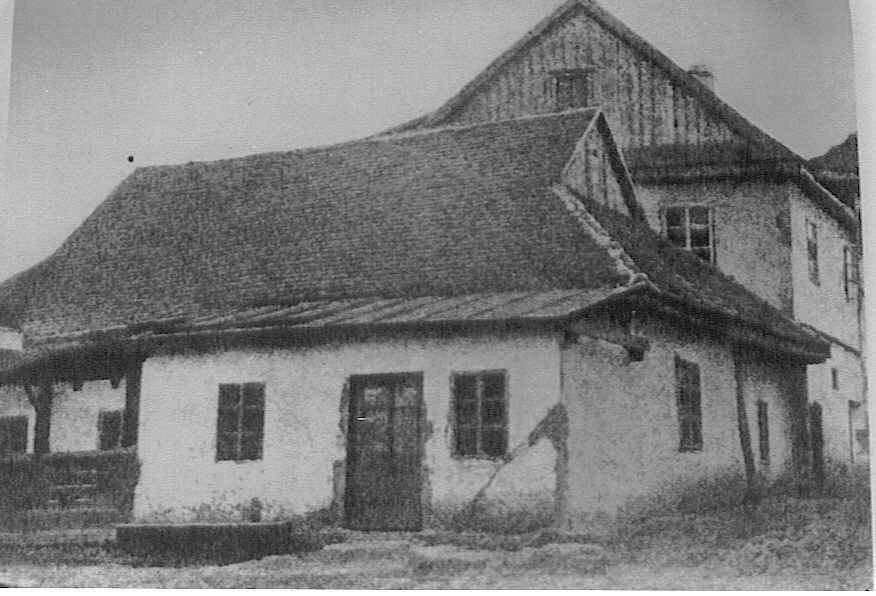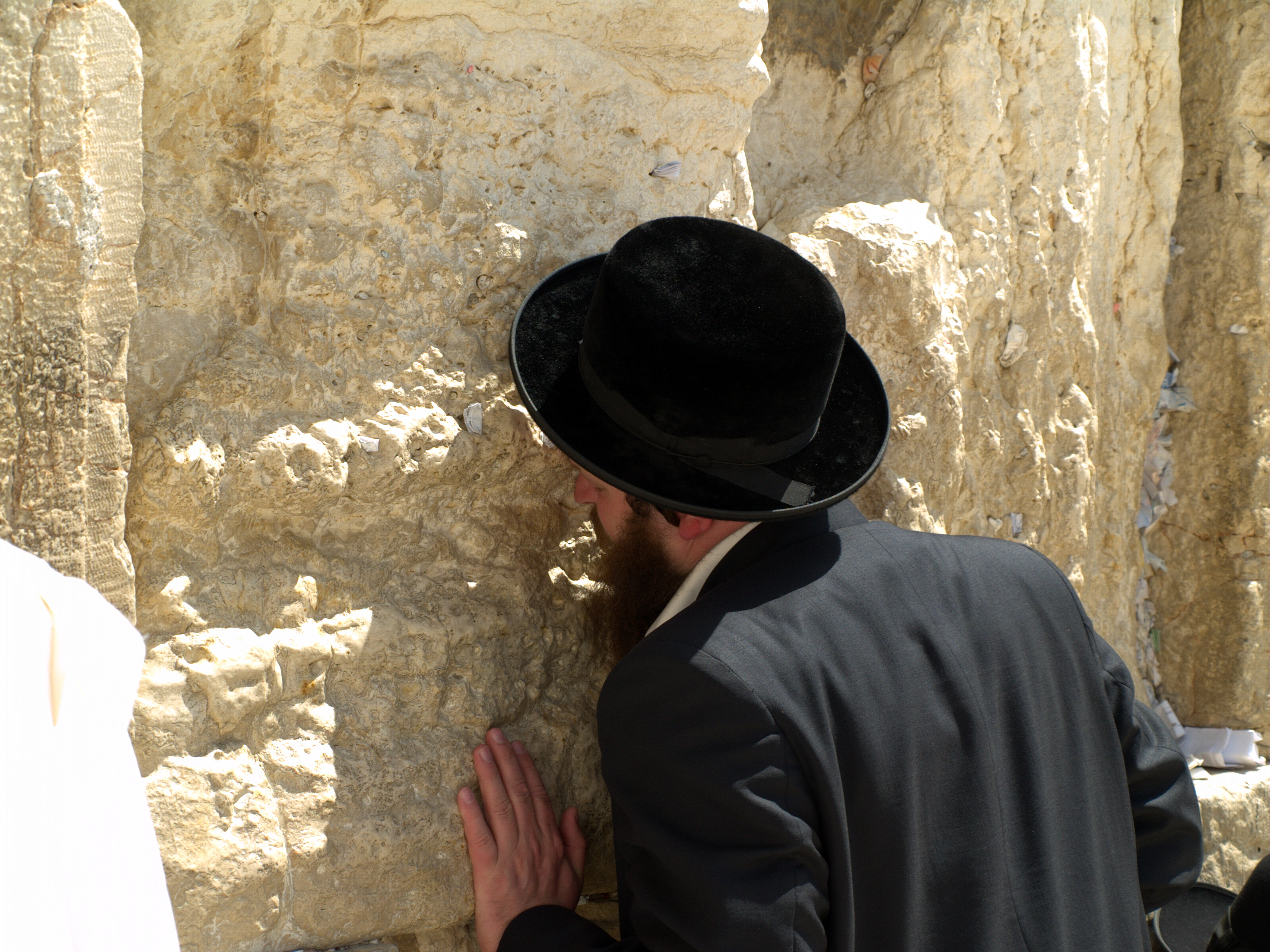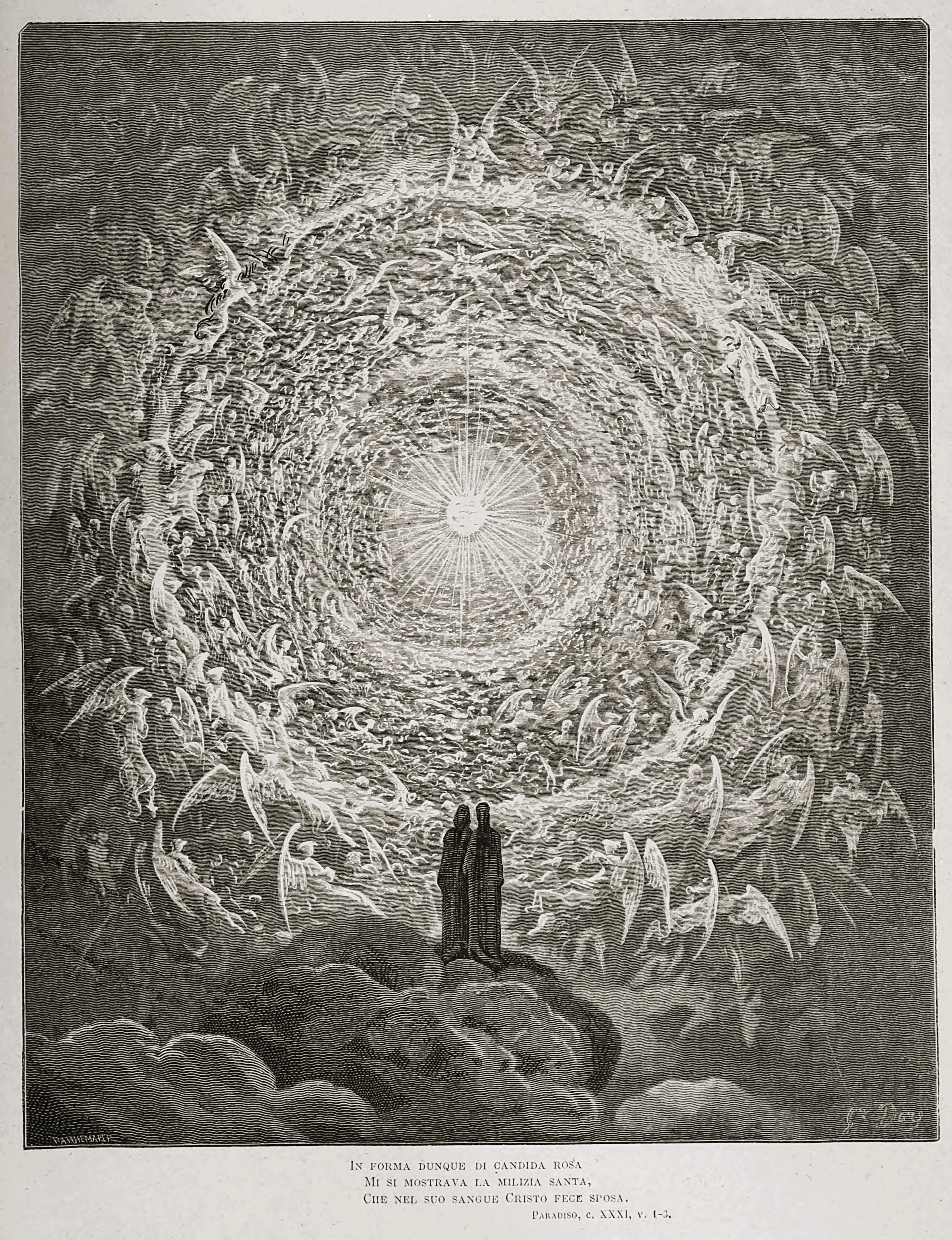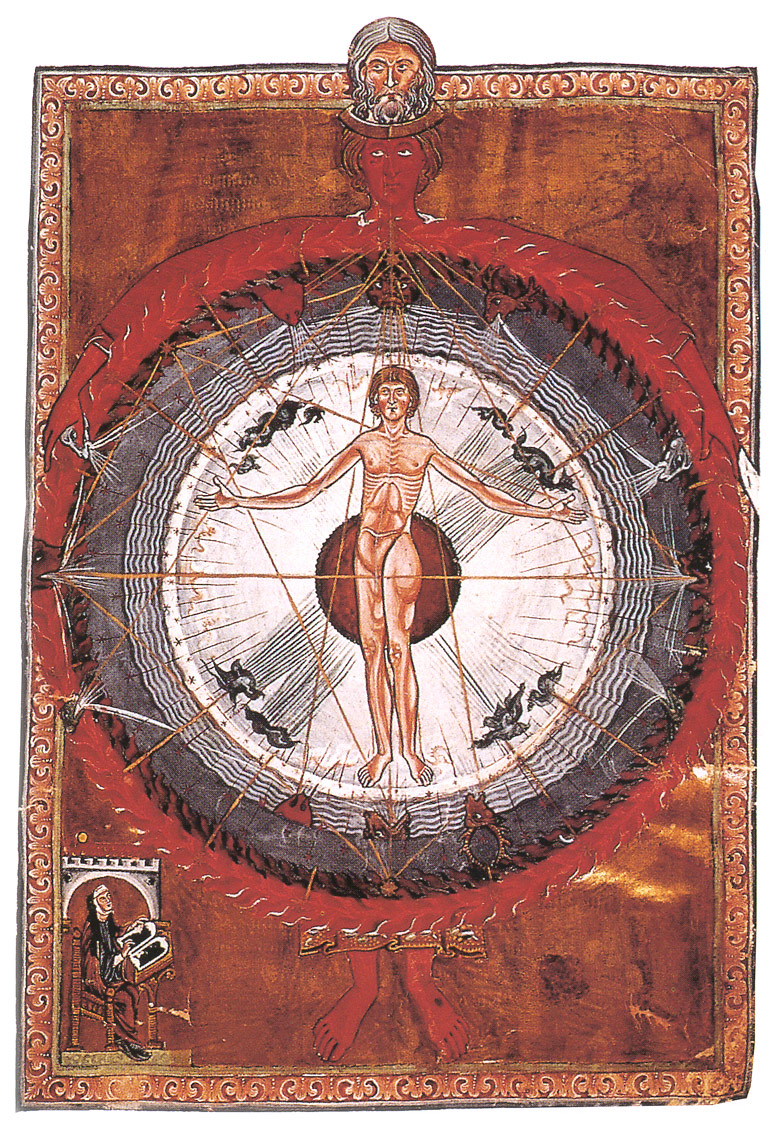|
Baal Shem
A ''Baal Shem'' (Hebrew: בַּעַל שֵׁם, pl. ''Baalei Shem'') was a historical Jewish practitioner of Practical Kabbalah and miracle worker. Employing various methods, ''Baalei Shem'' are claimed to heal, enact miracles, perform exorcisms,''Studies in East European Jewish Mysticism and Hasidism'', Joseph Weiss, Littman Library: chapter 1 "Some Notes on the Social Background of Early Hasidism", chapter 2 "A Circle of Pneumatics in Pre-Hasidism" treat various health issues, curb epidemics, protect people from disaster due to fire, robbery or the evil eye, foresee the future, decipher dreams, and bless those who sought his powers. In Judaism, similar figures arbitrated between earthly realities and spiritual realms since before the establishment of Talmudic Judaism in the 3rd century. However, it was only in the 16th century that the figures were called ''Baalei Shem''. Herbal folk remedies, amulets, contemporary medical cures as well as magical and mystical solutions were us ... [...More Info...] [...Related Items...] OR: [Wikipedia] [Google] [Baidu] |
Baal Shem Of London
Hayyim Samuel Jacob Falk (; 1708 – 17 April 1782), also known as the Baal Shem of London and Doctor Falckon, was a rabbi, ''Baal Shem'', kabbalist and alchemist. Biography Falk was born in either Furth in Bavaria or Pidhaytsi in Podolia. After the rabbi narrowly escaped being burnt at the stake by the authorities in Westphalia who had charged him with sorcery, the German Count Alexander Leopold Anton von Rantzau secretly gave him refuge in Holzminden. During this stay there in 1736, Falk made impressive kabbalistic performances in Rantzau's castle, witnessed by noblemen and the Count's son Georg Ludwig Albrecht. The latter's memoirs contain a detailed account of these mystical demonstrations. Sometime after 1736, Falk arrived in London. He lived at 35 Prescott Street, London, United Kingdom and at Wellclose Square, London until his death. He was a neighbour of Emanuel Swedenborg and there is some evidence that he had a significant influence on him. Rabbi Jacob Emden accused h ... [...More Info...] [...Related Items...] OR: [Wikipedia] [Google] [Baidu] |
Hasidic Judaism
Hasidism () or Hasidic Judaism is a religious movement within Judaism that arose in the 18th century as a Spirituality, spiritual revival movement in contemporary Western Ukraine before spreading rapidly throughout Eastern Europe. Today, most of those affiliated with the movement, known as ''hassidim'', reside in Israel and in the United States (mostly Brooklyn and the Hudson Valley). Israel Ben Eliezer, the "Baal Shem Tov", is regarded as its founding father, and his disciples developed and disseminated it. Present-day Hasidism is a sub-group within Haredi Judaism and is noted for its religious conservatism and social seclusion. Its members aim to adhere closely both to Orthodox Judaism, Orthodox Jewish practice – with the movement's own unique emphases – and the prewar lifestyle of Eastern European Jews. Many elements of the latter, including various special styles of dress and the use of the Yiddish language, are nowadays associated almost exclusively with Hasidism. Has ... [...More Info...] [...Related Items...] OR: [Wikipedia] [Google] [Baidu] |
Elijah Ba'al Shem Of Chełm
Elijah bar Aaron Judah Baal Shem (about 1520 –1583) was a Polish rabbi and kabbalist who served as chief rabbi of Chełm. Jewish Encyclopedia Bibliography: Friedberg, ''Luḥot Zikkaron'', p. 32, Drohobycz, 1897; Jacob Emden, EmdenMegillat Sefer, p. 4 Warsaw, 1896; Horodetzky, Kerem Shelomoh, p. 33, Drohobycz, 1896; Ha-Meassef, p. 157, St. Petersburg, 1902. One of the most eminent Talmudists of his generation, he is recorded as the first person known by the epithet "Ba'al Shem" having been considered a great saint and believed to have used miraculous powers to create a golem. Life Elijah was born to his father Aaron Judah in 1520. About 1565, he entered the yeshiva of Rabbi Solomon Luria of Lublin, and after receiving his rabbinical ordination, became rabbi of Chełm, a position he held for the rest of his life. In 1564, he gathered with other prominent rabbis, including his teacher, to cosign the halachic rulings, which allowed an ''agunah'' to remarry. His great-granddaughter m ... [...More Info...] [...Related Items...] OR: [Wikipedia] [Google] [Baidu] |
Ashkenazi
Ashkenazi Jews ( ; also known as Ashkenazic Jews or Ashkenazim) form a distinct subgroup of the Jewish diaspora, that Ethnogenesis, emerged in the Holy Roman Empire around the end of the first millennium Common era, CE. They traditionally speak Yiddish, a language that originated in the 9th century, and largely migrated towards Northern Europe#UN geoscheme classification, northern and eastern Europe during the late Middle Ages due to Antisemitism in Europe, persecution. Hebrew was primarily used as a Literary language, literary and sacred language until its 20th-century Revival of the Hebrew language, revival as a common language in Israel. Ashkenazim adapted their traditions to Europe and underwent a transformation in their interpretation of Judaism. In the late 18th and 19th centuries, Jews who remained in or returned to historical German lands experienced a cultural reorientation. Under the influence of the Haskalah and the struggle for emancipation, as well as the intellec ... [...More Info...] [...Related Items...] OR: [Wikipedia] [Google] [Baidu] |
Besht Shul1 Medzhibozh
Israel ben Eliezer (According to a forged document from the "Kherson Geniza", accepted only by Chabad, he was born in October 1698. Some Hasidic traditions place his birth as early as 1690, while Simon Dubnow and other modern scholars argue for a date around 1700. –1760), known as the Baal Shem Tov (; ) or BeShT (), was a Jewish mystic and healer who is regarded as the founder of Hasidic Judaism. A ''baal shem tov'' is a "Master of the Good Name," that is, one able to work miracles using the secret name of God. Other sources explain his sobriquet as arising from a reputation of being a saintly, or superior, Baal Shem "miracle-worker", hence he was given the nickname Baal Shem ''Tov'', the "good Baal Shem". Biographical information about the Baal Shem Tov comes from contemporary documents from the Polish–Lithuanian Commonwealth and the legendary traditions about his life and behavior collected in the ''Praise of the Besht'' (). A central tenet of the teachings associated ... [...More Info...] [...Related Items...] OR: [Wikipedia] [Google] [Baidu] |
Maggid
A maggid (), also spelled as magid, is a traditional Jewish religious itinerant preacher, skilled as a narrator of Torah and religious stories. A chaplain of the more scholarly sort is called a ''Darshan (Judaism), darshan'' (). The title of ''maggid mesharim'' ('a preacher of uprightness'; abbreviated ) probably dates from the sixteenth century. There have long been two distinct classes of leaders in Israel—the scholar and rabbi, and the preacher or ''maggid''. That the popular prophet was sometimes called "maggid" is maintained by those who translate (''maggid mishne'') , by "the maggid repeats" (Jacob Ezekiel Löwy, Löwy, "Beqoret ha-Talmud," p. 50). Like the Greek sophists, the early maggidim based their preaching on questions addressed to them by the multitude. Thus the Pesiqta, the first collection of set speeches, usually begins with "yelammedenu rabbenu" ('let our master teach us'). An excellent example is the Passover Haggadah, which is introduced by four quest ... [...More Info...] [...Related Items...] OR: [Wikipedia] [Google] [Baidu] |
Jewish Meditation
Jewish meditation includes practices of settling the mind, introspection, visualization, emotional insight, contemplation of divine names, or concentration on philosophical, ethical or mystical ideas. Meditation may accompany unstructured, personal Jewish prayer, may be part of structured Jewish services, or may be separate from prayer practices. Jewish mystics have viewed meditation as leading to '' devekut'' (cleaving to God). Hebrew terms for meditation include '' hitbodedut'' (or ''hisbodedus,'' literally "self-seclusion") or ''hitbonenut/hisbonenus'' ("contemplation"). Through the centuries, meditation practices have been developed in many movements, including among Maimonideans (Moses Maimonides and Abraham Maimonides), Kabbalists ( Abraham Abulafia, Isaac the Blind, Azriel of Gerona, Moses Cordovero, Yosef Karo and Isaac Luria), Hasidic rabbis (Baal Shem Tov, Schneur Zalman of Liadi and Nachman of Breslov), Musar movement rabbis ( Israel Salanter and Simcha Zissel ... [...More Info...] [...Related Items...] OR: [Wikipedia] [Google] [Baidu] |
Theosophy
Theosophy is a religious movement established in the United States in the late 19th century. Founded primarily by the Russian Helena Blavatsky and based largely on her writings, it draws heavily from both older European philosophies such as Neoplatonism and Indian religions such as Hinduism and Buddhism. Although many adherents maintain that Theosophy is not a religion, it is variably categorized by Religious studies, religious scholars as both a new religious movement and a form of occultism from within Western esotericism. As presented by Blavatsky, Theosophy teaches that there is an ancient and secretive brotherhood of spiritual adepts known as the Masters of the Ancient Wisdom, Masters, who are found around the world but primarily centered in Tibet. These Masters were alleged by Blavatsky to have cultivated great wisdom and supernatural powers, and Theosophists believe they initiated the modern Theosophical movement through disseminating their teachings via Blavatsky. Theosop ... [...More Info...] [...Related Items...] OR: [Wikipedia] [Google] [Baidu] |
Theurgic
Theurgy (; from the Greek θεουργία ), also known as divine magic, is one of two major branches of the magical arts, Pierre A. Riffard, ''Dictionnaire de l'ésotérisme'', Paris: Payot, 1983, 340. the other being practical magic or thaumaturgy. Theurgy describes the ritual practices associated with the invocation or evocation of the presence of one or more deities, especially with the goal of achieving henosis (uniting with the divine) and perfecting oneself. Definitions *Proclus (): theurgy is "a power higher than all human wisdom embracing the blessings of divination, the purifying powers of initiation and in a word all the operations of divine possession." * Keith Thomas: "Spiritual magic or theurgy was based on the idea that one could reach God in an ascent up the scale of creation made possible by a rigorous course of prayer, fasting and devotional preparation." * Pierre A. Riffard: "Theurgy is a type of magic. It consists of a set of magical practices performed ... [...More Info...] [...Related Items...] OR: [Wikipedia] [Google] [Baidu] |
Heaven
Heaven, or the Heavens, is a common Religious cosmology, religious cosmological or supernatural place where beings such as deity, deities, angels, souls, saints, or Veneration of the dead, venerated ancestors are said to originate, be throne, enthroned, or reside. According to the beliefs of some religions, heavenly beings can descend to Earth or Incarnation, incarnate and earthly beings can ascend to Heaven in the afterlife or, in exceptional cases, enter Heaven Entering heaven alive, without dying. Heaven is often described as a "highest place", the Sacred, holiest place, a paradise, in contrast to Hell or the Underworld or the "low places" and History of Christian universalism, universally or conditionally accessible by earthly beings according to various standards of divinity, good and evil, goodness, piety, faith, or other virtues or orthodoxy, right beliefs or simply Will of God, divine will. Some believe in the possibility of a heaven on Earth in a ''world to come''. A ... [...More Info...] [...Related Items...] OR: [Wikipedia] [Google] [Baidu] |
Mysticism
Mysticism is popularly known as becoming one with God or the Absolute (philosophy), Absolute, but may refer to any kind of Religious ecstasy, ecstasy or altered state of consciousness which is given a religious or Spirituality, spiritual meaning. It may also refer to the attainment of insight in ultimate or hidden truths, and to human transformation supported by various practices and experiences. The term "mysticism" has Ancient Greek origins with various historically determined meanings. Derived from the Greek language, Greek word μύω ''múō'', meaning "to close" or "to conceal", mysticism came to refer to the biblical, liturgical (and sacramental), spiritual, and Christian contemplation, contemplative dimensions of early and medieval Christianity. During the early modern period, the definition of mysticism grew to include a broad range of beliefs and ideologies related to "extraordinary experiences and states of mind". In modern times, "mysticism" has acquired a limited ... [...More Info...] [...Related Items...] OR: [Wikipedia] [Google] [Baidu] |








